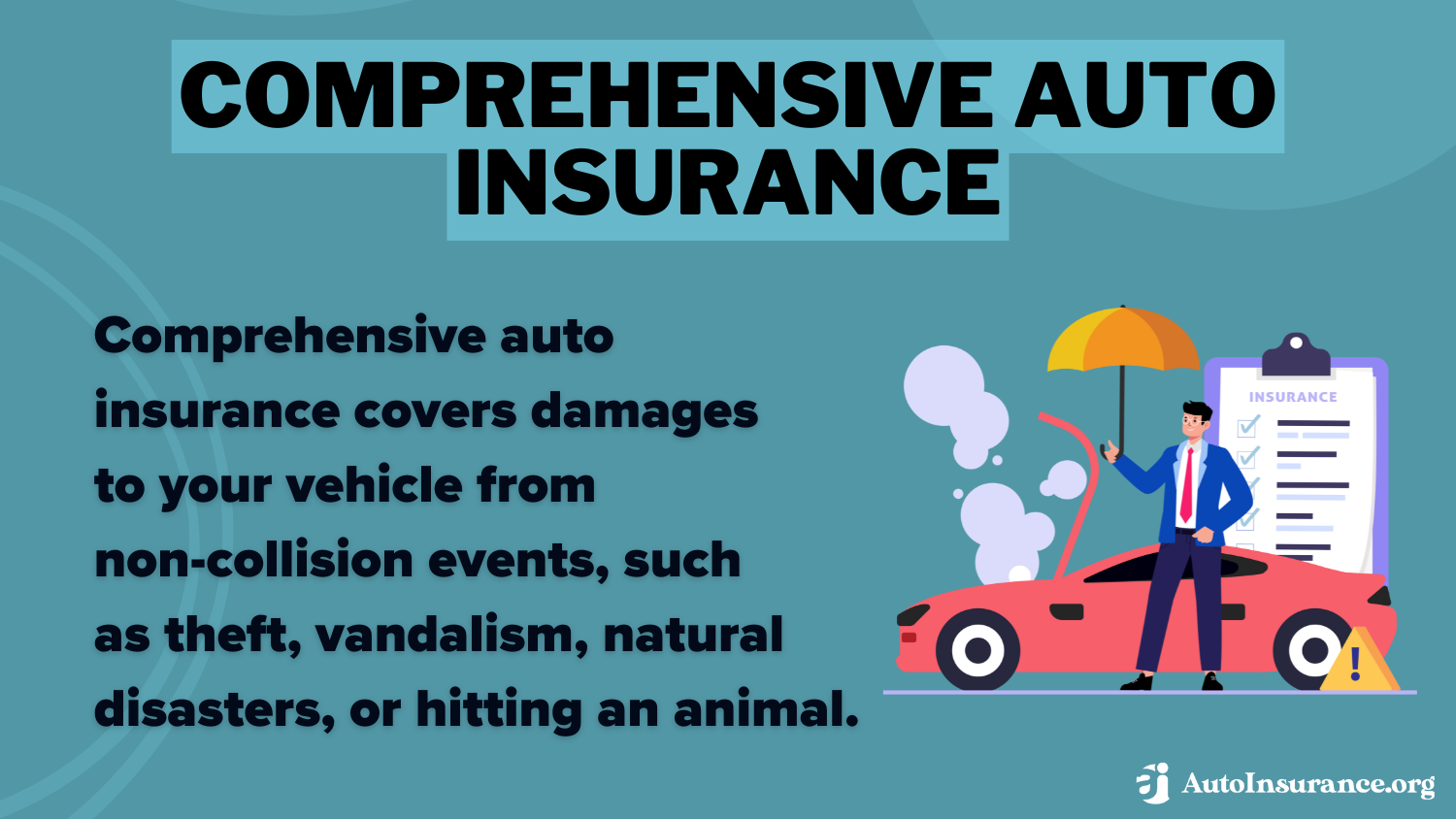Behind Closed Doors: How Car Insurance Companies Set Your Rates

Regarding car insurance, many drivers often question the way their premiums are figured. The process can appear confusing, with various factors affecting the rates you pay. Grasping the nuances of auto insurance pricing can give you to arrive at well-informed decisions when looking for coverage.
Insurance companies use a mix of data analysis and statistical modeling to set your rates. This involves considering your personal information, driving history, and even the type of vehicle you own. By diving into the elements, we can uncover the factors that contribute to calculating those rates and what you can do to maybe lower them.
Factors Affecting Insurance Premiums
When determining calculating the car insurance premiums, various key factors are taken into account. One of the primary considerations is your driving history. A clear record with no accidents or traffic violations generally signals to insurers that you are a lower risk, leading to lower premium rates. On the other hand, if you have accidents or speeding tickets on your record, you may face the possibility of having elevated premiums as insurers perceive you as a greater risk on the highway.

A further crucial factor is the geographic location. Insurance companies analyze the area where you reside and drive to determine the likelihood of accidents, theft, or vandalism. City areas typically have increased crime rates and more traffic congestion, which can lead to higher insurance costs. Conversely, rural areas might see reduced premiums due to fewer traffic and lesser claims, reflecting a lower risk to the insurer.
Your characteristics also play a important role in determining the premium. Car insurance quotes as age, gender, and marital status can affect rates. Teenage drivers, particularly males, often face increased insurance costs due to statistical data showing these individuals are at greater risk of accidents. Married individuals or senior drivers may have lower rates as they are generally seen as more responsible. Additionally, the type of vehicle you drive and its safety ratings can further influence your insurance costs.
A Role of Underwriting
Underwriting is an essential process in determining car insurance rates, acting as the way by which insurers evaluate the likelihood of covering a specific driver. When you apply for auto insurance, insurance underwriters examine various factors, such as your driving history, credit history, and the type of vehicle you drive. This assessment helps insurers forecast potential claims and set premiums accordingly. A clean driving record with minimal accidents or violations often leads to lower rates, while a record of claims can lead to increased costs.
In addition of individual driver data, underwriting also evaluates external factors such as geographic location and market trends. For instance, a driver living in an area with a significant incidence of accidents may encounter increased insurance rates. Underwriters also consider the type and style of the vehicle, as certain cars are more prone to theft or expensive to repair, influencing the overall risk. These extensive assessments ensure that rates represent an exact level of risk for each policyholder.
Furthermore, underwriting processes have advanced with tech advancements. Insurers now utilize advanced algorithms and data analytics to refine their assessments and boost accuracy. This progress allows for a more tailored approach in establishing premiums, making it possible for insurers to provide competitive rates while maintaining profitability. Ultimately, the underwriting process is a crucial function that harmonizes the interests of both insurer and the insured, eventually defining the environment of car insurance pricing.
Methods to Decrease Your Car Insurance Rates
A effective way to decrease your car insurance rates is by seeking out for the most affordable deals. Insurance companies offer a diverse rates depending on multiple factors such as the driving history, vehicle type, and zip code. By comparing quotes from various providers, you can find a plan that provides the same coverage for a lower price. It’s advantageous to check for discounts that some insurers give, such as those for cautious driving, bundling policies, or being member of specific organizations.
A different strategy to reduce your auto insurance costs is to boost your deductible. The deductible is the figure you pay out of pocket before your insurance kicks in for a claim. By choosing a higher deductible, you can typically reduce your monthly premium. However, it is essential to ensure that the deductible you choose is an amount you can comfortably afford in the event of an accident. Aligning your deductible with your overall coverage needs is essential.
In conclusion, considering your car's safety features and its insurance rating can significantly impact your rates. Vehicles equipped with advanced safety features, such as anti-lock brakes, airbags, and anti-theft systems, often are eligible for discounts. Additionally, selecting a car model that has a demonstrated track record of safety and minimal repair costs can lead to lower premiums. When purchasing a vehicle, it’s advantageous to research its insurance ratings and choose one that will help you cut down on auto insurance.
